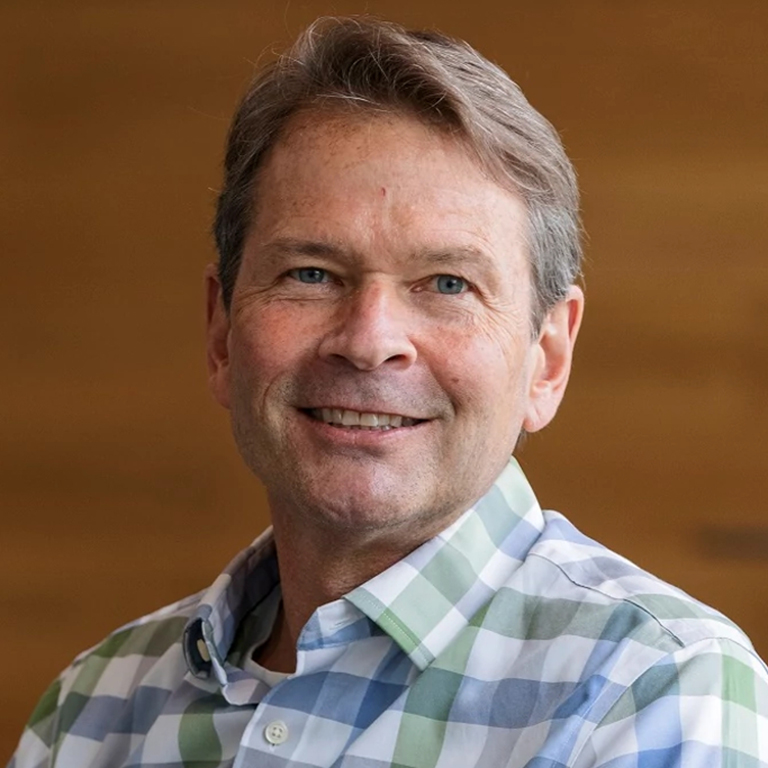The past century was the century of oil, and this is the century of water. The next one will be the century of phosphate.
Billions of years ago, nature bet the biological house on phosphate, a simple pyramid-shaped molecule with four oxygens at its base and a phosphorus atom at the peak. Phosphate is a building block of adenosine triphosphate (ATP), which serves a crucial role storing and transferring energy in the cells of all living things. In plants specifically, ATP is part of the photosynthesis process, and the ability to make plants grow big and strong with the application of essential nutrients like phosphorus through chemical fertilizers has been the foundation of our modern food system for almost a century.
Here is where the house may soon have to fold: There is only a small amount of concentrated phosphate on this planet, and we are consuming it at an unsustainable rate to grow food for 7.7 billion people.



